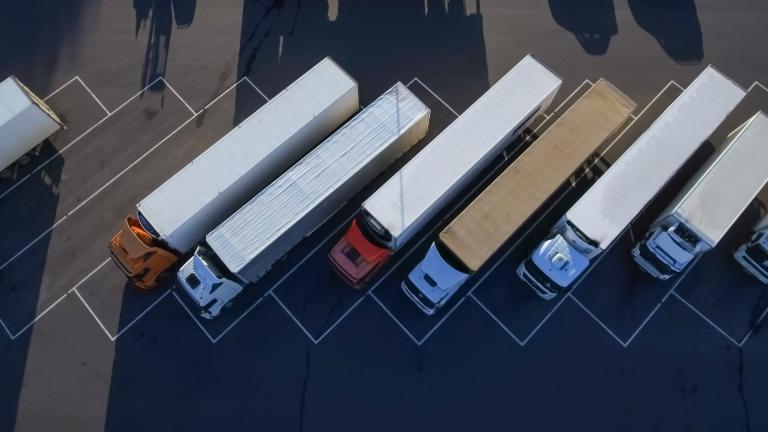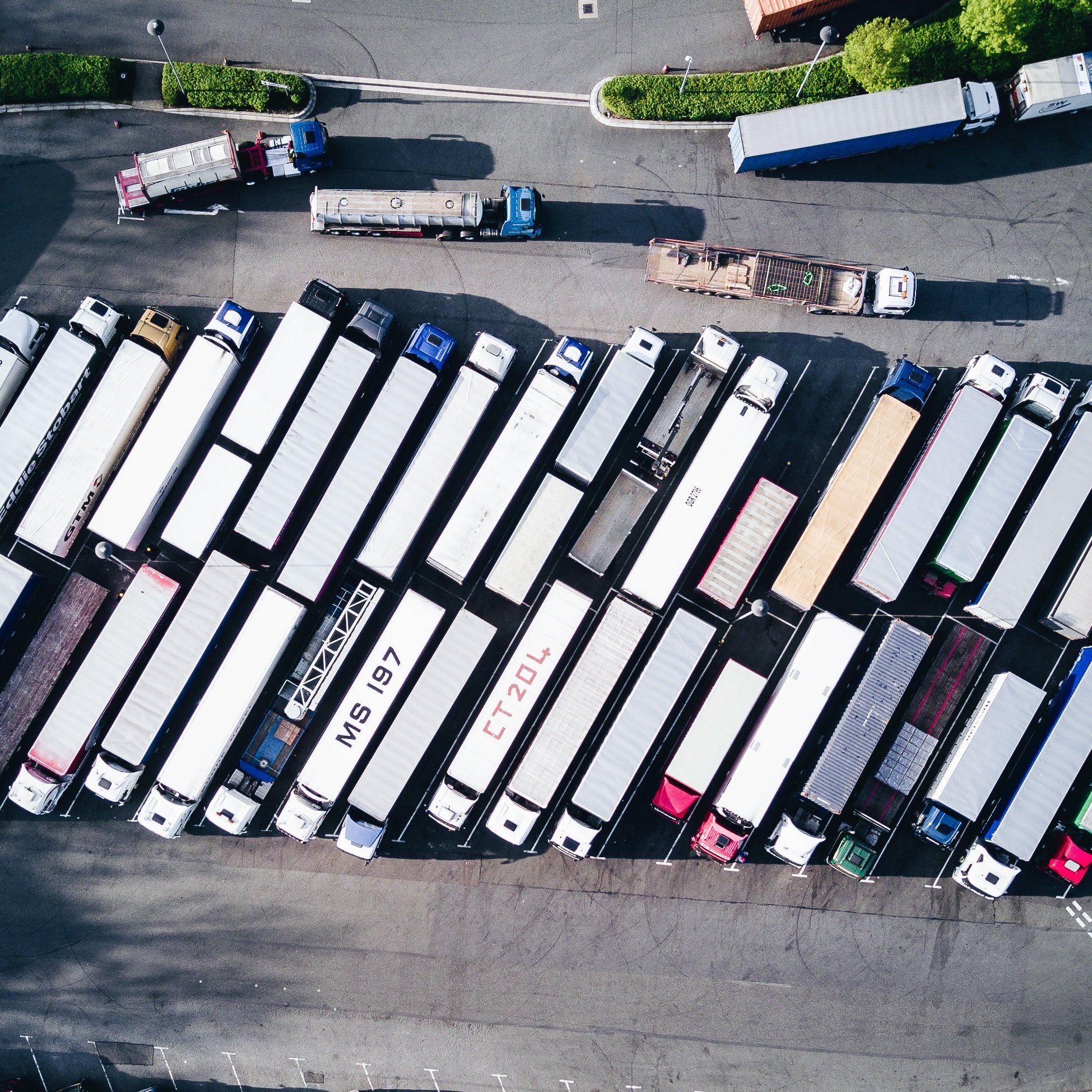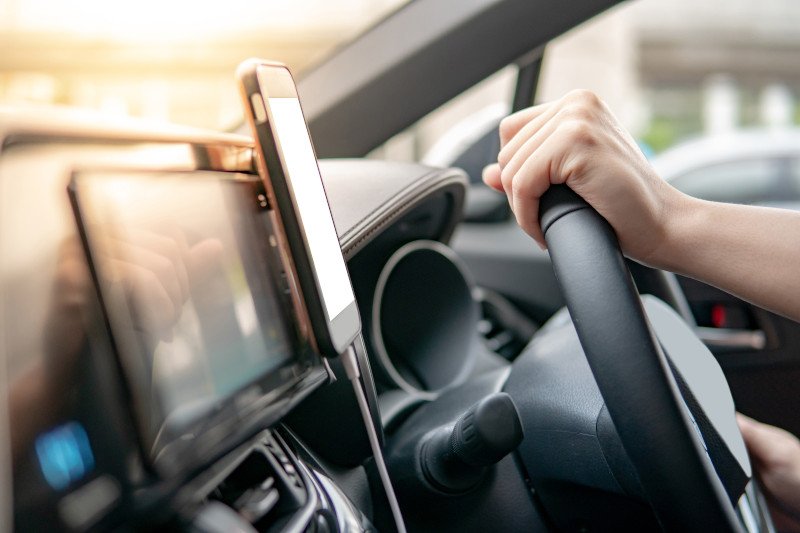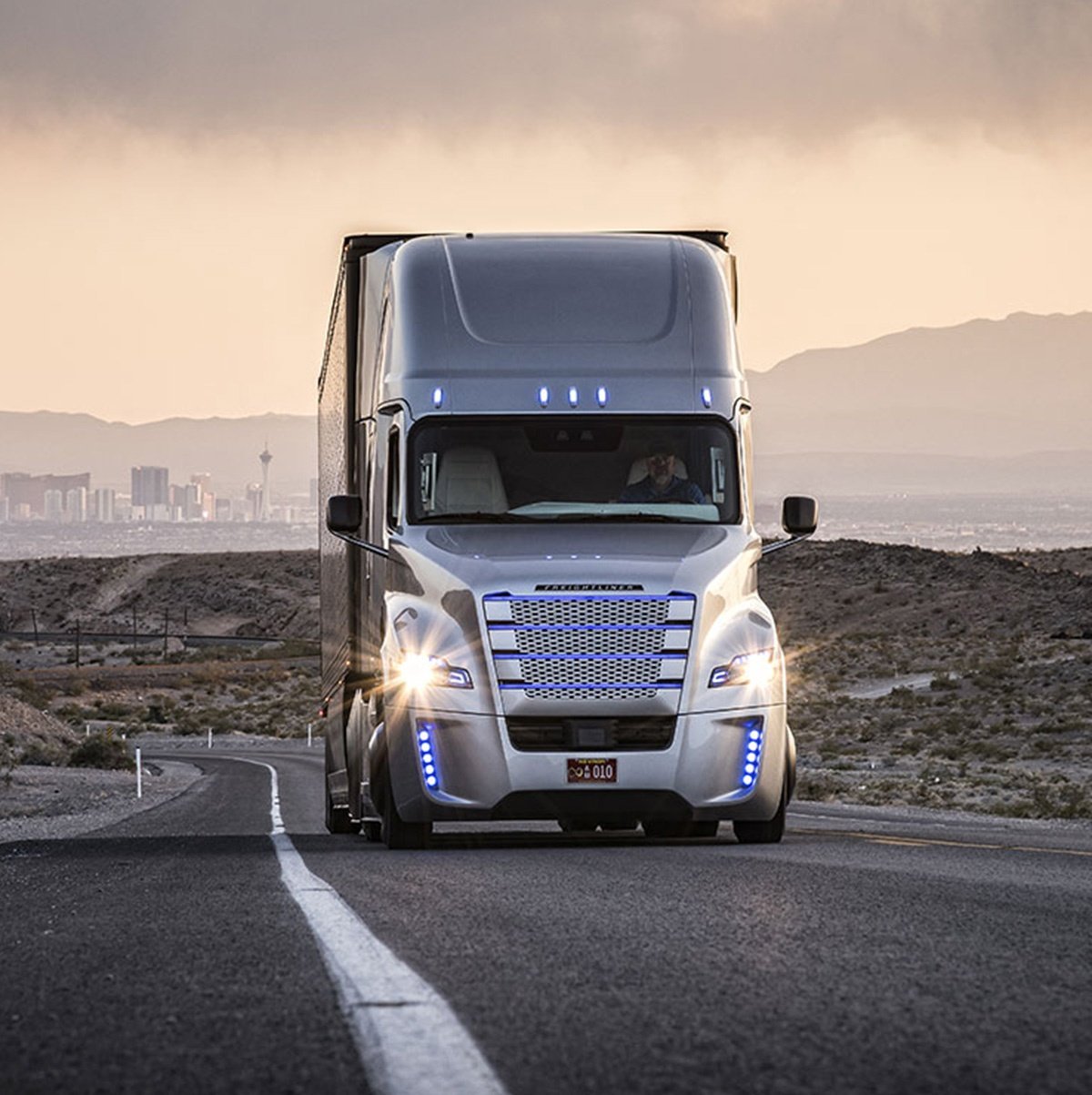Managing a fleet in 2021? Consider these three trends

How can fleet managers prepare for 2021? Take a look at the lessons 2020 has taught us and add location-intelligence for support.
As many of us prepare to give a hearty farewell to 2020, and the intense challenges this behemoth of a year presented, we should take a minute to pause and review its lessons. Readiness, connectedness, and resilience to name only three.
These learnings apply not only to individuals but to businesses as well. Take fleet management for example. Across all industries, brands have been forced to navigate seemingly endless uncertainty by bringing in new strategies and adaptations in order to keep operating.
The 2021 Fleet Technology Trends Report, published by Verizon Connect, reveals that fleet managers use location technology to help build resilience and improve overall operational performance. The report is geared towards helping logistic managers make more informed decisions in an ever-complex business environment. In other words, in the coming year.
Because of COVID-19, future fleet management strategies won't operate or look the same. Companies are preparing for tech-based developments like autonomous driving and electrification plus the long-awaited absence of COVID-19 restrictions resulting in shifts in logistics procedures and different workforce practices. Not to mention preparing for a new era geared towards e-commerce customers.
Let's take a look at three of the most impactful fleet management trends for 2021.

Brands can look forward to 2021 and a variety of operational improvements including but not only driver safety, reduced liability, asset utilization, and a reduction in labor costs.
Operational transparency
Verizon's survey revealed an eight percent increase in the use of fleet tracking technology in the past year. Tracking tech helped fleet managers address “both everyday challenges and the unique obstacles presented by the year 2020". It provided a competitive advantage while decreasing overall costs.
How?
Tracking individual vehicles, and their trip performance, as a part of an overall Fleet Management Solution helps managers visualize delays and potentially costly scenarios, document fuel usage, monitor safety, and road conditions while improving driver experience. Tracking fleets, in real-time, offers detailed historic and real-time data about how each vehicle and driver is doing whether en route to a depot, warehouse, or final destination.
In 2020 logistic brands learned that visibility is key. In 2021, they'll have the opportunity to put their education into action.

Verizon's report reveals an 8% decrease in fuel costs, an 11% decrease in costs associated with accidents, and a 10% decrease in overall labor costs among companies currently using location-based fleet tracking.
Environmental objectives
Because COVID revealed our impact on the environment, more businesses are trialing small electric fleets to help realize CO2 goals, and save on fuel and maintenance costs. But a long-term plan is needed. Fleets are under pressure to, as the United Nations puts it, “build back better."
Luckily, the benefits of going electric are more than just ecological.
Managing Director of FedEx Express, Russel Musgrove, told Trucks.com, “We're going to buy those vehicles for billions of dollars anyway, and [EVs are] so close to [cost] parity that it doesn't make sense to wait anymore." He also added that electric fleets last longer and have lower overall associated costs.
And the government thinks so too. This month there was a lot of buzz about the UK's plans to ban fossil fuels NOT by 2030 but by 2026.
Brands that get ahead of the trend by investing in EVs sooner rather than later, will likely see the benefits faster as well.

Meeting the shifting demands of the year ahead includes making sure your fleet can meet short and long-term future environmental goals.
Customer service
Digital Commerce 360 reports 36% percent of consumers buy online every week due to COVID-19 changes. That's an increase of almost thirty percent. Of those surveyed, 28% percent say they will continue to rely mostly on eCommerce after the pandemic.
Delivery fleets, logistic firms, and managers need to prepare and adjust. Being flexible and implementing an automated fleet management system is one way to meet customer service expectations including same-day or within-the-hour delivery.
With HERE Fleet Telematics managers can plan accurate ETAs and share automatic updates throughout the workday. They can also offer real-time status updates to their customers helping to build trust and brand loyalty.
While many fleet managers are already using fleet management technology in some capacity, ie for detailed routing, location-based systems are capable of more than just maps. Location intelligence can offer vehicle diagnostics in addition to enhancing driver communication, reveal safety improvements, and help with end-to-end visibility. And, as customer demands continue to grow, telematics can help companies meet demanding ETAs.
That's beginning to sound a lot like 2021.
Prepare for 2021's unique logistic challenges with HERE Fleet Management.
Sign up for our newsletter
Why sign up:
- Latest offers and discounts
- Tailored content delivered weekly
- Exclusive events
- One click to unsubscribe